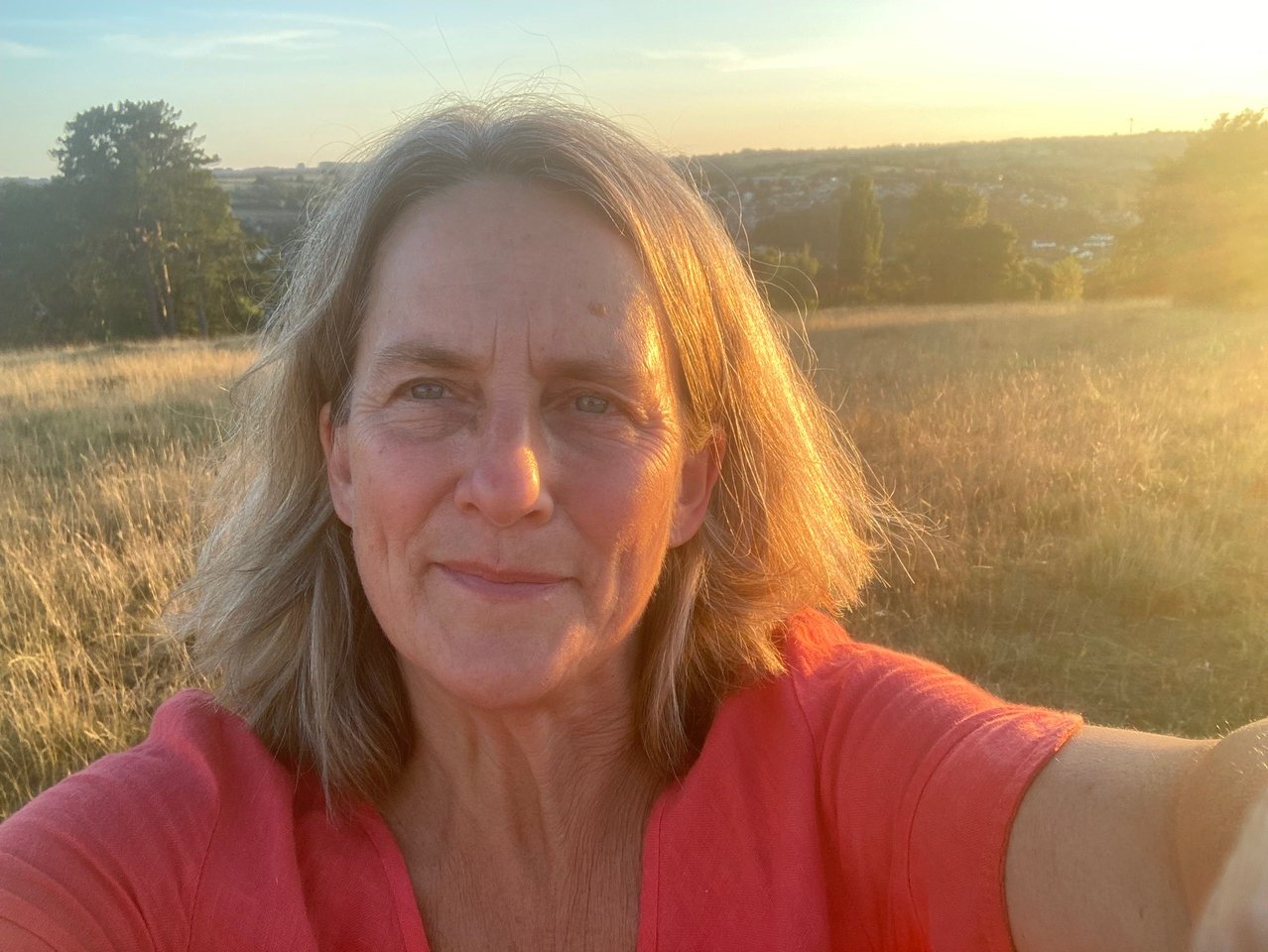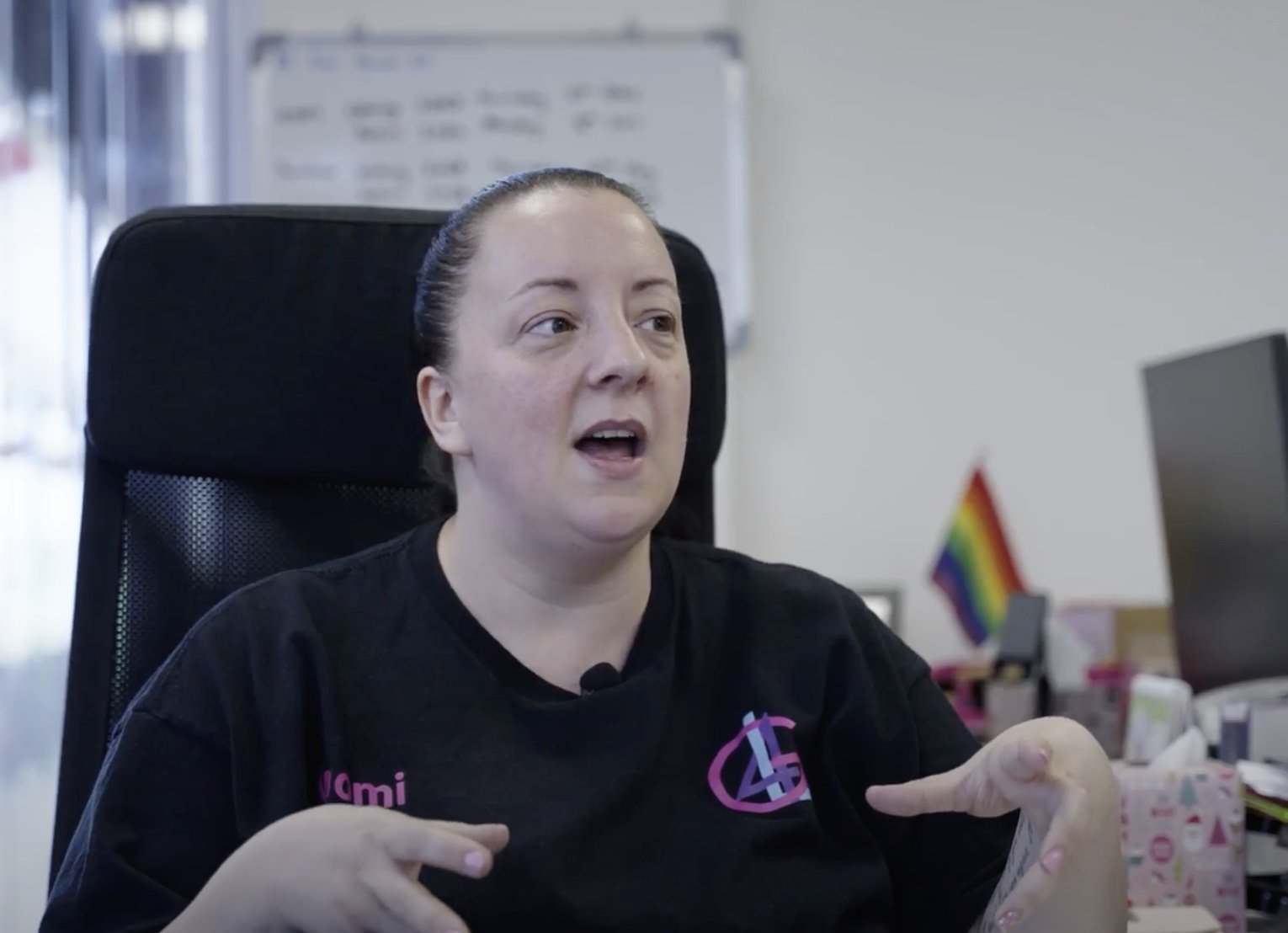The story of Culture Matson: from organic growth to formalisation
Culture Matson is a network for people in the area interested in making the area a more creative place to live.
Pippa Jones - CG’s founder and director
Debbie Christie - creative catalyst
A few months ago, Louise Bardgett met with Pippa Jones and Debbie Christie to chat about Culture Matson and how it has developed over the years. What started as an informal group in 2017 has now developed into a much larger group of people who represent schools, community groups and organisations in the area. The group meet regularly to offer support and work together on creative projects. Most recently Culture Matson has worked with Create Gloucestershire and the NHS to trial a groundbreaking new health commissioning role. This was an opportunity for the group to receive and manage a fund from the NHS (called a community chest) to fund projects that they know will make a difference to the people who live in Matson, Robinswood and White City. This is the first in a series of blogs from that conversation where Pippa and Debbie look back at how Culture Matson came about and how the group has developed.
Debbie Christie has lived and worked in Matson for many years, originally in housing then for the library and then as a catalyst for the Art of Libraries test programme. More recently she has been working as a catalyst supporting the Culture Matson group. Pippa Jones is Create Gloucestershire’s founder and director.
How did Culture Matson get started?
Pippa begins: Normally if you’re setting up a new group in the NHS or in the county council you’d start with your terms of reference but that wasn’t how this started at all! We started from an invitation originally from Nick Clitheroe (RIO) to support a meeting about setting up an after-school club in Robinswood & Moat School that would allow creative people to run workshops and after school activities because there weren't any at that time.
RIO was involved in that school through their ‘Power to Change’ programme and they invited me along to a meeting with Kim Hoodless who was the head teacher of Robinswood Primary then. The children didn't do anything particularly creative.
Debbie: There was Matson library but there wasn't GL4. There was the Redwell Centre but Strike A Light hadn't started working there yet, so there really was no cultural infrastructure. There was no routine of arts and cultural stuff happening in the school or on the estate. Once we started having a conversation with Kim, Bob Allen who was the Chair of the Academy, said he wanted to come along to a meeting too. Slowly other people started to come along, and it became a meeting about people wanting to make Matson a place for more creative, cultural stuff to do.
Pippa: The primary driver was young people here who don't get to see anything or go to anything that challenges the world that that they grow up with on this estate. Kim who was very influential in setting up the group was all about opening up the world to children and young people in Matson and thinking that art and culture could do that.
Naomi Draper from GL4 ‘it’s such a positive group, there’s no barriers or competition with anybody. Everybody is there and they’re all happy to make creative change happen and to support each other to do that.’
At almost exactly the same time as that meeting was happening, Strike A Light were trying to understand how to how to engage the whole of Gloucester in contemporary theatre not just people who came to the Guildhall or the city centre. They went to the Redwell Centre where residents, Naomi and Sarah happened to be, and had a cup of tea and said they were looking for somebody who could help set up a show and asked if they knew anyone who might be up for it. Naomi and Sarah said “yeah we'll help you do that”. So, they literally helped set the first show up on the Matson estate. They then started to emerge as producers. Strike A Light have supported them and they are now GL4 and they come to Culture Matson. So, it's emerged and grown organically around what people want to make happen in that community.
Debbie: I was working alongside Soozy Roberts as a creative catalyst as part of the Art of Libraries with Create Gloucestershire and Gloucestershire Libraries and so we went along. Then it became a place-based alliance.
Pippa: But we never set out to become a place-based alliance. We have just worked that out as we’ve gone along!
Understanding what was happening in the group
Pippa: Because we only had a verbally agreed set of behaviours, that weren’t ever written down we sometimes had issues when people came along – they might want to talk about their own project or take over the meeting with their own agenda or projects outside of Matson.
Debbie: So at the beginning of every meeting, we reiterate that this meeting is about this place and how we can make it more creative and more equal and more fun. It's not about you coming to get people from this place to come to your activity – especially not just to achieve your diversity targets! LAUGHS
Chat at a Culture Matson Meeting
The Matson Map
Pippa: About four years into this process we received some Great Place funding to pay for a visual illustration of Culture Matson and used some of the money to interview everybody who'd been part of it. The interviewer asked everyone why they had been coming to Culture Matson every six weeks for the last four years and why they kept coming.
There's a whole set of statements in her report where people describe why they think Culture Matson works such as:
“The meetings are positive and fun, they're not gloomy”
“Everybody has an equal say it's not hierarchical.”
“I feel I'm listened to.”
Since then, we commissioned some more research and our researcher Tracey looked back at the report and noticed that here were a lot of behaviours that aligned with the principles of Eleanor Ostrom. (Professor Elinor Ostrom was the first and only woman to win the Nobel Prize in Economics for her ground breaking research on the ways that people organize themselves to manage resources.) So without intentionally doing it, a set of behaviours valued by our group aligned with similar values that Eleanor Ostrom noticed in communities across the world who were managing to work together well.
Growing Confidence
Pippa: Once we noticed that what happened organically in Culture Matson aligned with the principles of Ellen Ostrom we became more confident that what we're saying works in Matson would work in other places.
If it works in Matson and in other communities that the academic research investigated, it feels like our hunch must be quite strong.
Debbie: It feels right that we write the process up now but we need everyone’s input into that and it will go back to the group to sign off. It will have been designed by the group and so when we take it back in, it won't be something that we're presenting from outside the group. We'll just be presenting back what the group has either done or said or wants to do or say. There’s something really important in this process about co-creation that I think we must be careful not to lose.
What next?
Pippa: We're now testing this process out in Cam and Dursley and if that works then hopefully in the Forest of Dean within our Create Local strand. Essentially, we’re sharing a recipe but not insisting groups follow it rigidly. It needs to be co-created. I think that's really important.





